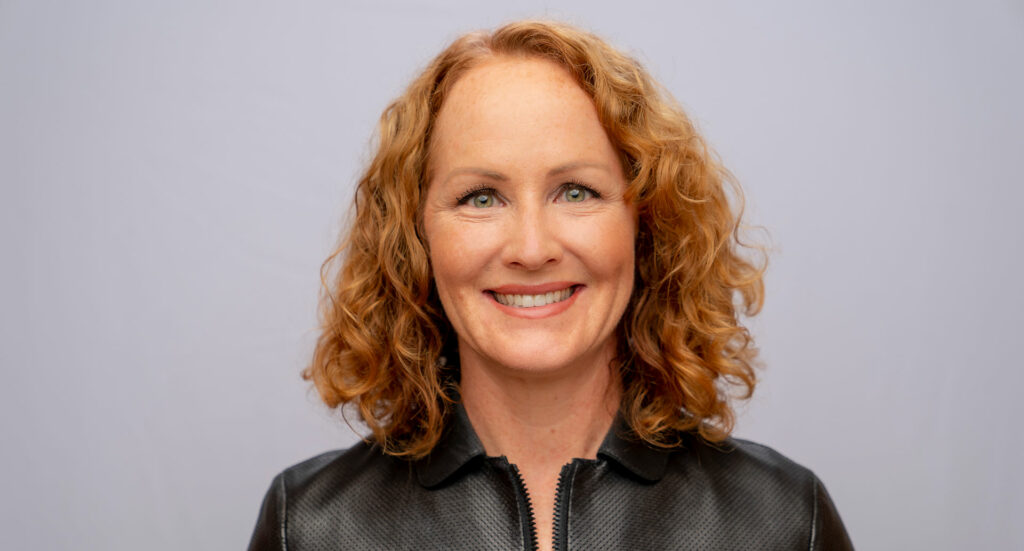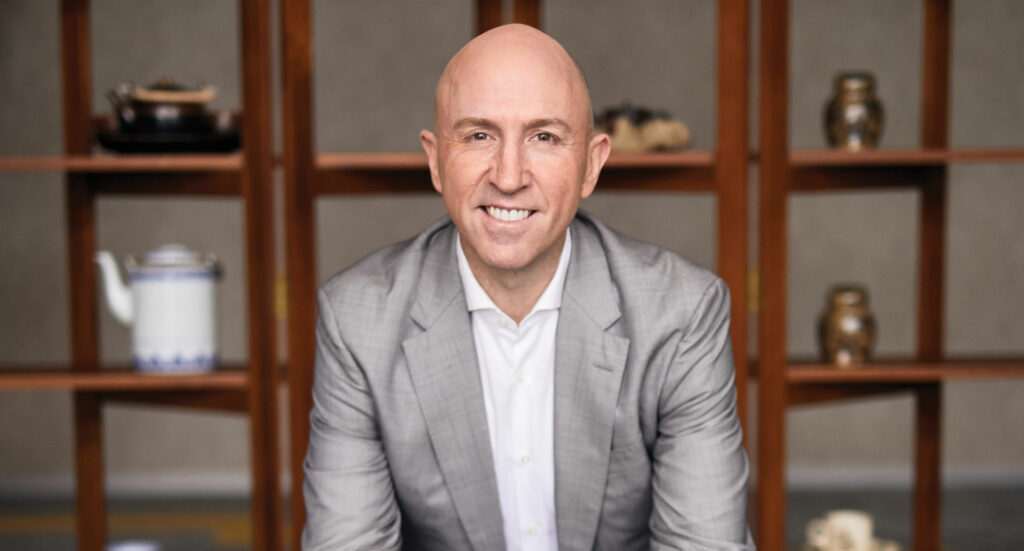In 2021, SAP was the third largest software company in the world, after Microsoft and Oracle, with annual revenues of €27.8bn. SAP commands a staggering 87 percent of global commerce, and accounting for $46tn flows through the books of SAP’s customers. Of the 100 largest companies in the world, 99 of them are SAP customers and 85 are currently using SAP’s latest and greatest ERP offering, SAP S/4HANA.
Commanding such a dominant place in the ERP market is no cause for complacency, and SAP is now setting its sights on growth in the cloud through the RISE with SAP program and development of cutting-edge technologies in artificial intelligence (AI), machine learning and robotic process automation.
This key reinvention for SAP, as seen in the last two years, sets the company on another upward trajectory. But how did all this come about? What started SAP on such an illustrious journey, all those years ago back in 1972? Let’s take a dive into history to understand.
A really long time ago…
We have IBM to thank for the formation of SAP. In 1971, Xerox contracted IBM to migrate its business systems on to IBM technology platforms. Five IBM engineers, all based in Monnheim, Germany, began working on the program – Hasso Plattner, Klaus Tschira, Claus Wellenreuther, Dietmar Hopp and Hans-Werner Hector.
The engineers took the approach that they should put together an enterprise-wide system based on the Scientific Data Systems (SDS) software. However, the program soon lost momentum, and the engineers were told that the work would no longer be needed. Undaunted, they became entrepreneurs and left IBM to start up their own company, Systemanalyse und Programmentwicklung (System Analysis and Program Development in English), or SAP for short.
The first client of the fledgling company was Imperial Chemicals Industry. Charged with developing programs for accounting and payroll, the team quickly moved away from the traditional mechanical storage of data on punch cards, instead opting to store the data locally on a common database. Because punch cards had to be processed overnight, whereas database storage was immediate, the first system was called a ‘real-time’ system. Once this system was fully developed, SAP was ready to launch it as a commercial venture to other customers under the name SAP RF – a full financial accounting system.
This system would eventually become known as SAP R/1 – the ‘R’ referring to that real-time capability, which was the key selling point of the software. SAP R/1 continued to develop throughout the 1970s with the integration of new functional modules to add to the financial accounting suite. All these additional modules, such as RM for materials management and RV for sales and distribution, were fully integrated with the RF system. This tight integration gave SAP its unique selling point in the burgeoning ERP market, as well as heralding a new era for the company with the R/2 version being launched in 1980. Upgrading the supporting servers in SAP, as well as the tighter integration between the growing number of functional areas, made R/2 a popular software solution for the next ten years.
European expansions
Revenues began to grow as the company expanded to take on new clients outside of the German market: Austria in 1977 and France in 1978. The expansion to the French market also brought with it the French language version of the software. The offices in Mannheim were, by this time, becoming a little cramped, and SAP moved its headquarters and its 80 employees to Walldorf, Bavaria, where it remains to this day.
By this time, SAP had created a sales and support subsidiary, under the same SAP GmbH (Systeme Anwendungen und Produkte in der Datenverarbeitung, or Systems, Applications, and Products in Data Processing). By the early 80s, this name took over the branding and the partnership between SAP and SAP GmbH was dissolved, with SAP GmbH taking over.
Rapid growth was the hallmark of SAP in the 1980s – in revenue, software, and people. Halfway through the new decade, revenues had grown quickly to DM100m, and SAP now employed over 300 people. SAP R/2 continued to be at the forefront of the ERP market, and during these years, the software underwent some fundamental redevelopment with the creation of new functional modules – as always, fully integrated with the existing modules.
These modules included RK (controlling), RP (personnel) and RM-PPS (production planning). The early 1980s also saw the development of the R/2 programming language ABAP, which initially stood for Allgemeiner Berichts Aufbereitungs-Prozessor, German for generic report preparation processor. The ABAP acronym was eventually amended to refer to Advanced Business Application Programming.
During the latter period of the 1980s, SAP went though another of its transformations for which it has become so widely known. The initial transformation saw SAP become a public limited company, SAP AG, as well as open a whole array of new offices across Europe to support operations in those countries.
This era also saw the company move away from being just a software development factory, into the arena of consulting and training. The Walldorf site became home to a new and modern training facility, and the launch of SAP Consulting allowed the company to assist clients in the software implementation journey.
In the software itself, SAP launched an industry-specific version, known as RIVA, tailored exclusively for the utilities sector. This became the forerunner of many industry solutions developments in the 1990s using the prefix IS-, as well as the Model Company solutions of the S/4HANA era.
Three is the magic number
As the 1980s drew to a close, SAP began to command a dominant position in the ERP market, with revenues of DM500m – up from DM100m in 1985 – and employing a total of 1,700 people across multiple markets in Europe in addition to opening a branch in Philadelphia, USA.
In software development, a new graphical user interface for R/2 had been launched, but much of the R&D work in the company was engaged in utilisation of the ABAP programming language to develop the next generation solution: SAP R/3.
1992 saw the launch of SAP R/3, again with the R standing for real time, and this time, the 3 having two dimensions to it: the third incarnation of the software as well as representing the three-tier architecture of the ABAP platform. These three tiers were the Presentation layer; the Application layer; and the Database layer.
SAP R/3 quickly established itself as the dominant software application in the ERP market, through multiple releases from Enterprise Edition 1.0A in 1992 through to Enterprise Edition 4.7X200 in September 2003. Collaborations with the likes of Microsoft and IXOS, as well as development of a Japanese version with kanji characters, served to underline the software’s flexibility and adaptability. Huge clients such as Coca-Cola and General Motors deployed SAP in their operations in the 90s, lending weight to SAP’s claim to be the “best in breed”.
The ABAP programming language continued to be the language of choice for SAP applications, and the next generation was launched in 1999 as ABAP Objects, an object-oriented extension to ABAP.
Twenty-first century SAP
The new millennium continued as the previous two decades had for SAP: with continual growth. The year 2001 saw SAP buck the post dot-com bubble burst in the technology industry by posting a 17 percent increase in revenue. 2001 also saw SAP flex its muscles by spending $400m to acquire Israeli software development company TopTier Inc. The TopTier portal solution Netweaver was finally integrated into the SAP landscape with the R/3 4.6 release in 2004, and soon became integral to SAP’s integration and application capabilities.
Further innovations came with the launch of mySAP.com, an attempt by SAP to link all their solutions together via the medium of the internet. The product was initially heralded as groundbreaking, but growing customer confusion about the offering led SAP to change the name from mysap.com to mySAP Business Suite in 2003. The mySAP prefix would be quietly dropped in later years.
The company itself was evolving, too. In 2003, the last of the five co-founders still on the management team, Hasso Plattner, stepped down as a member of the executive board, to be elected instead as chairman of SAP’s supervisory board.
More and more, the company was spreading its wings from its German base, with nine R&D facilities across the globe – in Germany, India, USA, China, Bulgaria, Canada, Israel, Japan and France. At this point, and for the first time, more of SAP’s employees were employed outside of Germany than within Germany (17,000 versus 13,000).
Another momentous reinvention took place in the middle of the 2000s when, in 2004, SAP launched SAP ERP, with the R/3 banner being superseded by ERP Central Component (ECC), initially known as SAP ECC5.0, but within two years to be developed into SAP ECC6.0.
This is still the most commonly used SAP ERP application in the world today. The software has come a long way from those initial RF days, now boasting functional coverage in modules such as Financial Accounting (FI), Sales and Distribution (SD), Materials Management (MM), Production Planning (PP), Project Systems (PS), Customer Service (CS), Quality Management (QM), Warehouse Management (WM), Human Resources (HR) and Plant Maintenance (PM). Aligning to these functional areas became a huge growth market for consultants, project managers and systems integrators, a market which still exists and grows today.
New technologies continued to be at the forefront of SAP’s growth strategy, and the latter part of the decade saw SAP growing in new markets – the midsize market with SAP Business One, and the small to medium enterprise with SAP Business By Design. Organic growth was matched by acquisitions, with SAP acquiring the French business intelligence company Business Objects in 2008, as well as mobile applications specialist Sybase in 2010.
The Age of HANA
Innovation accelerated from thereon, as SAP focussed on the new capabilities of in-memory technology. In 2011, the first incarnation appeared of its in-memory database – High Performance Analytical Application (HANA). The advances were impressive, allowing users to access vast amounts of data in seconds instead of hours or even days. It certainly impressed the market, which snapped up the technology, generating $1.2bn in revenue over the next three years, making HANA the fastest growing product in the history of enterprise software.
The acquisitions continued to come thick and fast in this era, with the acquisition of the business collaboration network Ariba in 2012; commerce technology Hybris in 2013; contract workforce software Fieldglass in 2014; and travel and expenses software Concur, also in 2014.
2015 was a pivotal year for SAP, heralding the launch of its current flagship product, SAP S/4HANA. Built for use only with a HANA database, and boasting a new device-agnostic user experience, known as Fiori, SAP truly entered the digital age. The on-premise version of SAP S/4HANA was very quickly followed by the cloud edition. The same year also saw the launch of the SAP Cloud Platform, built for internet of things (IoT) integrations.
The SAP conference, SAP Sapphire, is the place where SAP continues to launch its new technology capabilities. In 2017, Leonardo was launched here, a suite of products designed to deliver next generation capabilities in AI, machine learning, IoT, blockchain, big data, and analytics. This became part of what SAP terms ‘the intelligent enterprise’, a vision for how companies can use and integrate their existing technologies to understand their business better and make data-driven, informed decisions at speed.
Another SAP innovation, SAP C/4HANA, was delivered in 2018, in a bid to disrupt the customer relationship management (CRM) market. The acquisitions strategy continued apace with the purchase of Qualtrics International, a global leader in experience management, for $8bn.
In 2019, long-term CEO Bill McDermott stepped down, to move to IT organisation ServiceNow. In his place stepped Christian Klein, and the SAP strategy shifted significantly. The aggressive acquisitions strategy was shelved in place of a preference for organic growth in the areas of industry cloud, business networking, and business process intelligence. With this in mind, SAP rebranded the SAP Cloud Platform as the Business Technology Platform (BTP), a centralised hub where organisations can build their industry solutions and integrations to complement their existing technologies.
So now we see what the past has presented for SAP, what insights does this give us to what we can expect from this software giant in the years to come?
The major initiative for SAP now is their single RISE With SAP offering, a logical roadmap for achieving the intelligent enterprise through subscription-based licensing and cloud integration through BTP. The drive for SAP S/4HANA migration continues, with the uptake steadily increasing since its birth in 2015, from 370 customers at the end of that year to 18,000 today. This trend is set to continue, with SAP’s S/4HANA Cloud option becoming more and more popular as an ERP of choice. The customer experience is again at SAP’s heart, and the C/4HANA offering is reinvigorating SAP’s place in the CX market.
Whatever happens though, the SAP history of innovation and reinvention stands it in good stead to navigate the next fifty years in this exciting and demanding industry.
SAP: A 50-year history of success
1972 / Systemanalyse Programmentwicklung is born.
1973 / First financial accounting system is launched, RF (SAP R/1).
1978 / SAP grows to 60 employees.
1981 / SAP R/2 launches.
1982 / 10 year anniversary. 250 companies deploy SAP software.
1986 / SAP hits the DM100m revenue mark.
1988 / Dow Chemicals becomes SAP’s 1,000th customer.
1997 / SAP celebrates its silver jubilee – workforce increases by 40%.
1999 / More than 20,000 employees generate €5.1bn in revenue for SAP.
2007 / Launches SAP Business ByDesign.
2010 / Bill McDermott and Jim Hagemann Snabe named co-CEOs.
2011 / SAP HANA platform launch.
2012 / SAP acquires Ariba.
2013 / SAP Business Suite moves to SAP HANA and generates €664m in revenue.
2014 / Bill McDermott becomes sole CEO of SAP.
2015 / SAP S/4 HANA, the next generation of enterprise software is launched.
2016 / Apple and SAP announce partnership to deliver cutting-edge apps for
iPhone and iPad.
2018 / Christian Klein is appointed as COO to the executive board.
2019 / After 10 years, Bill McDermott steps down as CEO.
2020 / SAP transforms to a sole CEO model with Christian Klein.
2021 / SAP launches RISE with SAP.





